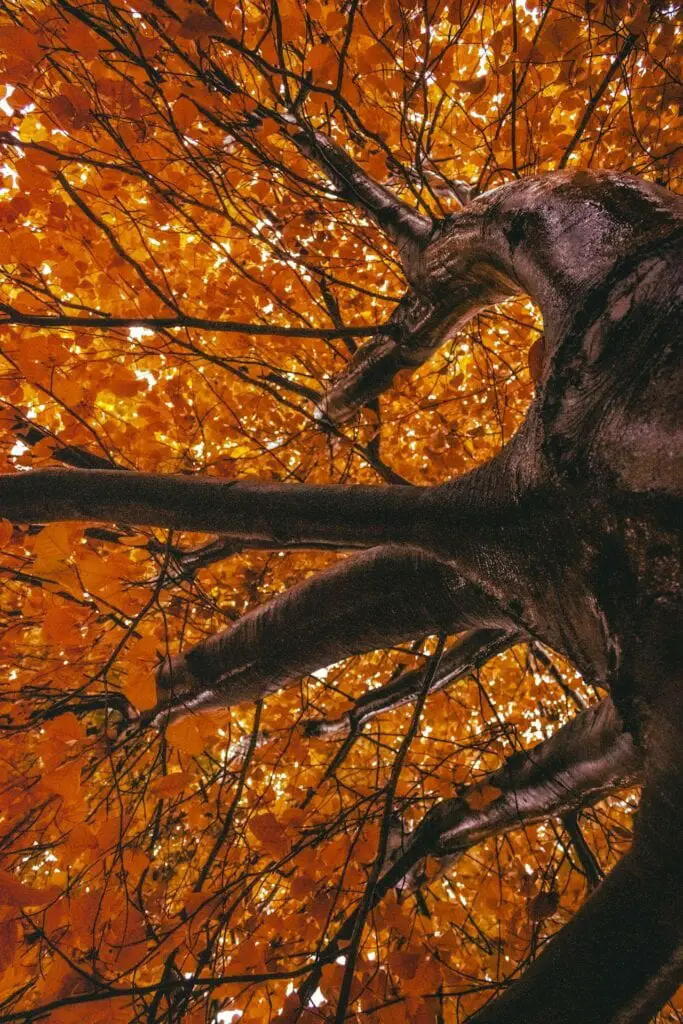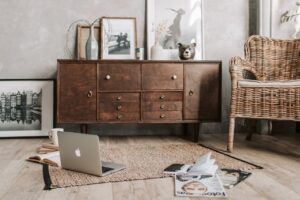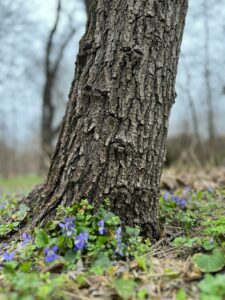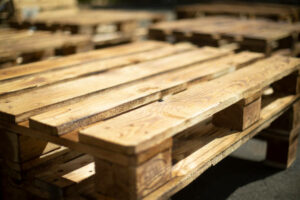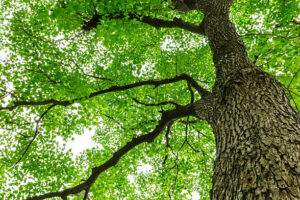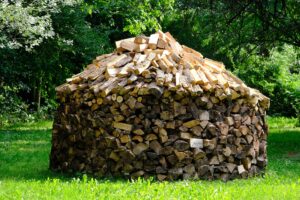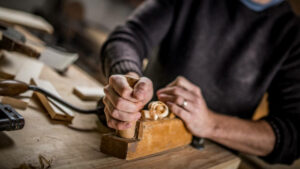Unlike other hardwoods like Oak, Maple doesn’t have a natural defense against moisture. This can make it vulnerable to wood rot, decay, and insects. Maple wood is used in a variety of household items, from baseball bats to bowling alley floors. It also has a distinct smooth grain pattern that can add character to furniture pieces. We will be answering the question: is Maple good for outdoor use?
Hard Maple
Maple wood is a fine choice for those who want sturdy, durable patio furniture. It won’t sustain dents and nicks as easily as softer species. It is also fairly lightweight for a hardwood.
However, Maple wood falls into the non-durable category for wood furniture for outdoor use because it is not naturally rot-resistant. It will swell and warp when it is exposed to moisture. It is also prone to insect infestations. Additionally, Maple wood is hygroscopic, meaning that it absorbs and wicks water, moisture, and vapor from the air. This can lead to rotting and decay if not addressed properly.
The best way to determine if a particular piece of Maple wood is good for outdoor use is to perform a simple test. If you have a Janka hardness test available, you can check the wood’s density to get a pretty accurate measure of its strength and durability. Alternatively, you can simply weigh the wood. T
his is best done on a scale that is accurate to 1/2 pound increments, as bathroom scales are often too inaccurate for this purpose. It’s helpful to measure the Length, Width, and height of the wood before weighing it. Then, you can calculate the volume of the wood by multiplying these dimensions: Volume = Length x Width x Height (V = L x W x H). The higher the V number, the stronger and more durable the type of wood.
Although the term “hard maple” is sometimes applied to several different species of maple trees, it generally refers to lumber from Sugar Maple (Acer saccharum) in the United States. It is this type of oak wood of Maple wood that is tapped to produce maple syrup. The only two other species that are sometimes included in the hard Maple grouping are Black Maple (Acer nigrum) and Florida Maple (Acer floridanum).
Aside from its hardness, hard Maple is characterized by a clean, refined grain pattern that can be quite beautiful when shown off with a high-end finish. It also features captivating figures such as curly and bird’s eye grain patterns. These qualities make it popular for flooring, veneer, and high-end furniture making.
Soft Maple
Maple trees are familiar to many Americans because of their 5-pointed leaves, bright colors in Autumn, and the delicious syrup tapped from certain varieties during Winter. They’re also known for the Maple wood used in products, homes, kitchen accessories, and furniture.
Although some Maple wood species are prone to insect damage, this isn’t true of all Maple species. Maple is a very durable hardwood with high ratings on the Janka scale and good resistance to denting and wear and tear.
In general, Maple wood has medium-to-high bending and crushing strength with high steam-bending properties. It’s also fairly stiff with a low density.
While hard Maple is known for its durability, soft Maple is an excellent choice for indoor use. This is because of its workability and flexibility, making it a great choice for millwork, trim, and decorative projects, as does maple furniture as well as secondary furniture components.
Soft Maple has a light color that makes it an attractive wood for staining and painting, but it is less resistant to decay than other types of hardwood, including oak. To protect your Maple wood, choose a water-based finish that is white oak’s non-yellowing.
It can be difficult to distinguish between hard and soft Maple, as they look very similar in appearance. One way to test is to examine the end grain of a clean and sanded piece of wood with a 10x magnifier. If the wood is hard Maple, the growth rings will be closer together than if it were soft Maple.
Other methods to test include looking at the shape of the leaves and checking for a chemical reaction using ferrous sulfate. Hard Maple leaves tend to have U-shaped valleys between the points of the leaves (known as lobes), while soft Maple leaves have more V-shaped sinuses.
You can also check by looking at the underside of the leaves for a darker hue. Another good indication of Maple wood is its density and hardness, which are both higher than that of oak. This makes oak a better choice for most outdoor furniture projects than Maple, which doesn’t have the same level of resilience against the elements.
Red Maple
Red Maples (Acer rubrum) are among the most popular shade trees in the landscape. They are often planted as boulevard trees and are valued for their vibrant spring and autumn color displays. They grow easily, transplant well, and can thrive across a wide range of climatic conditions. In fact, they can be found growing in dense forests across the entire eastern North American continent.
They are also tolerant of both dry and wet soils but prefer slightly acidic, deep soils to ensure proper growth. Red Maples grow into medium-sized shade trees of 40 to 70 feet in height. This allows them to be used in a variety of wood types
of settings, from urban areas where they are commonly seen as street trees to suburban lawns and home landscaping.
This tree puts on one of the most stunning fall color displays in any native shade species, with a brilliant display of red, orange, and yellow that can last for weeks. The foliage of this tree is a favorite of wildlife and birds. It is also a good choice for those who want to screen an outdoor kitchen from the sun, pool, or patio.
Once the female flowers have been pollinated, the tree produces clusters of paired, reddish seeds called samaras. These seeds are dispersed by wind and can be seen falling to the ground with a distinctive pattern that is often described as looking like helicopter blades spinning slowly on their way to the earth. The seeds sprout soon after they land, and the resulting seedlings can be quite prolific.
While these trees are great for landscaping, they can create a monoculture in a natural ecosystem and can shade out other more sun-loving oaks and hickories. When this happens, the ecosystem can be out of balance, and that is not a good thing for a forest.
Luckily, other native species can be planted in areas where too many Red Maples grow. Cedar, redwood, and old-growth cypress all handle exposure to the elements better than this species and are more resistant to insects and rot than red oak. These options are also more environmentally friendly and can be harvested without reducing the overall health of the forest.
Sugar Maple
Sugar Maple is a popular choice for commercial and outdoor projects and residential landscapes known for its beauty and utility. It is also an important ingredient in maple syrup, the state tree of New York, and featured on the Canadian flag due to its high sugar content compared to other species (up to 2.5%).
Scientifically known as Acer saccharum, the wood of Sugar Maple is heavy, strong, stiff, shock-resistant, and fine-grained hardwood. This makes it an excellent choice for furniture, cabinetry, specialty wood items, and wooden outdoor furniture, and it is frequently used in musical instruments because of its tonal qualities. The wood is also prized for its highly figured surface variations, which include wavy, curly, quilted, blistered, and the famous bird’s eye figure. These figures are accentuated by the fact that the wood is never stained.
Maples are important wildlife trees, and their leaves and buds provide early-season food for honeybees and other pollinators. Deer, squirrels, porcupines, and moose eat their fruits. Mammals also use the twigs for winter shelter, and some roost in hollow branches and cavities. The maple tree is a host for the Rosy Maple moth (Dryocampa rubicunda), the Straw Besma beetle (Besma endropiaria), the Large Maple spanworm moth (Glaucolepis saccharella), and the Maple Trumpet skeletonizer moth (Catastega aceriella).
Because of its shade-producing capacity, Sugar Maple is well suited to many natural settings, including woodlands and parks. However, it must be planted in areas that are not subject to salt spray or heavy soil compaction, and it is not as tolerant of harsh environments as some other species.
In urban settings, the tall, stately Sugar Maple tree can be used to make a strong focal point for an entryway or streetscape. Its stately form also provides shade and aesthetic appeal to pedestrian walks and shady lawns.
When planted properly, sugar maples thrive in full sun to moderate shade. If placed in deep shade, they can become thin-leafed and leggy over time. They are susceptible to sunscald and should be protected with a maintained mulch ring in the fall to prevent freezing and thawing of the bark, resulting in unsightly wounds.
